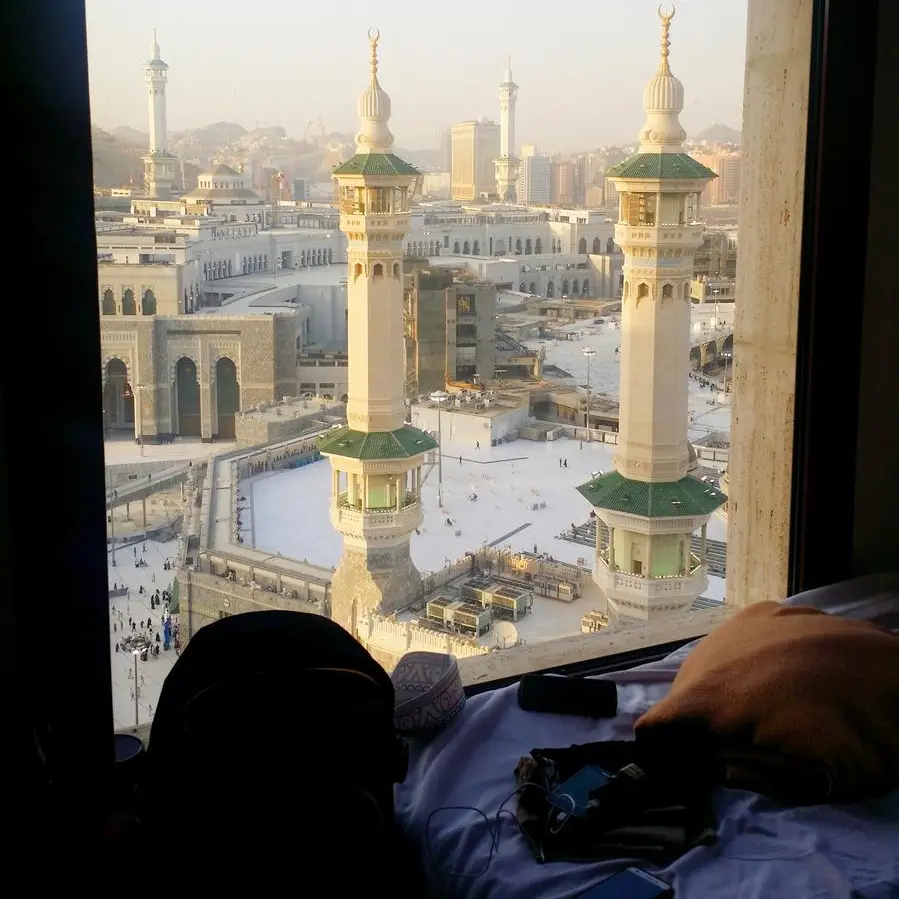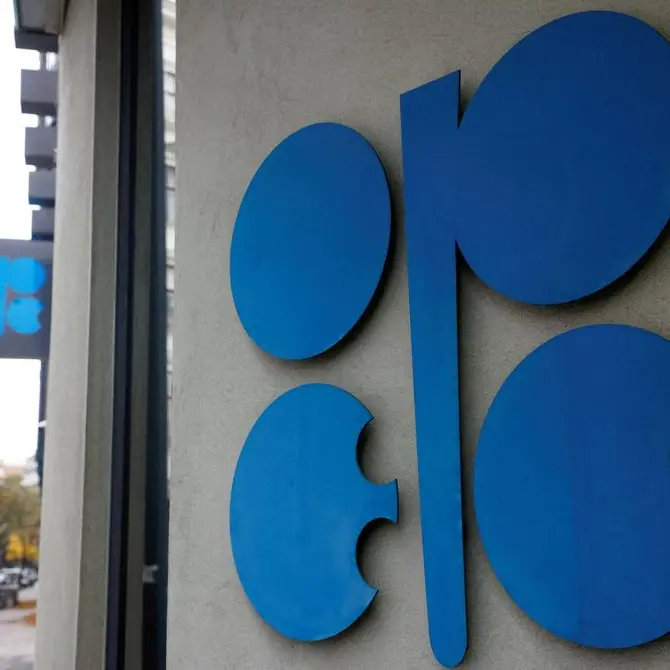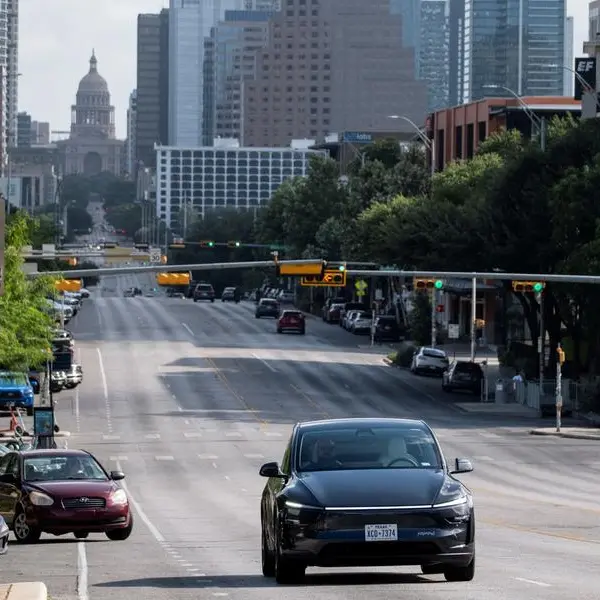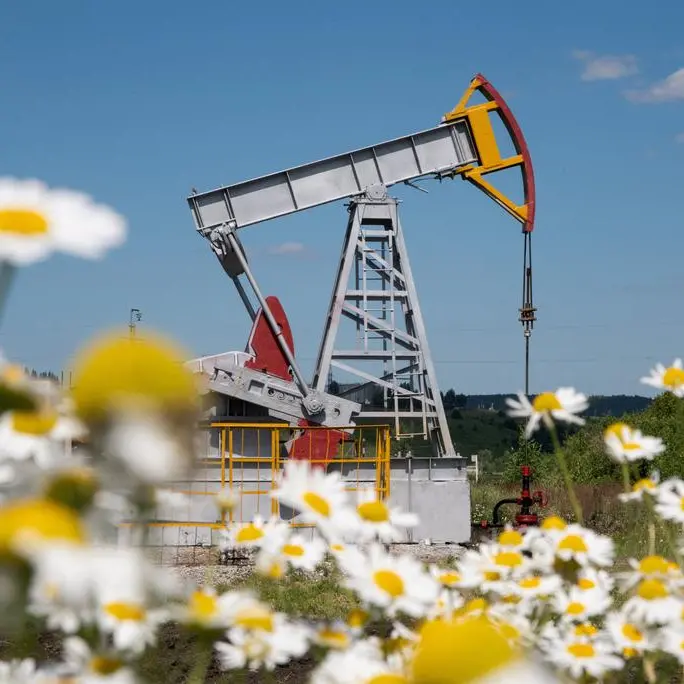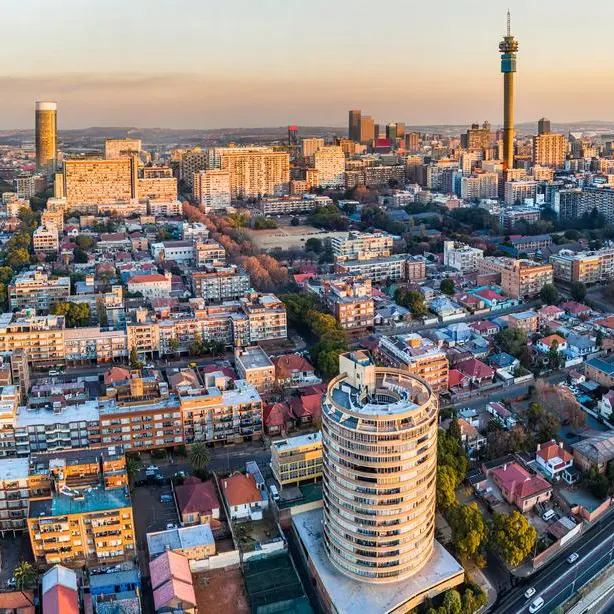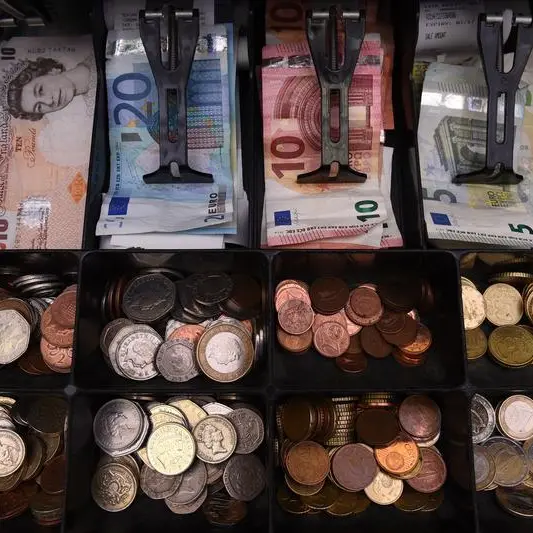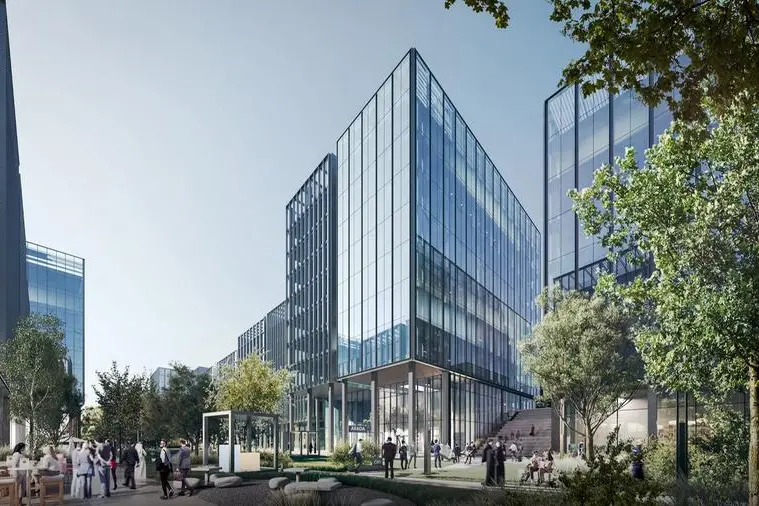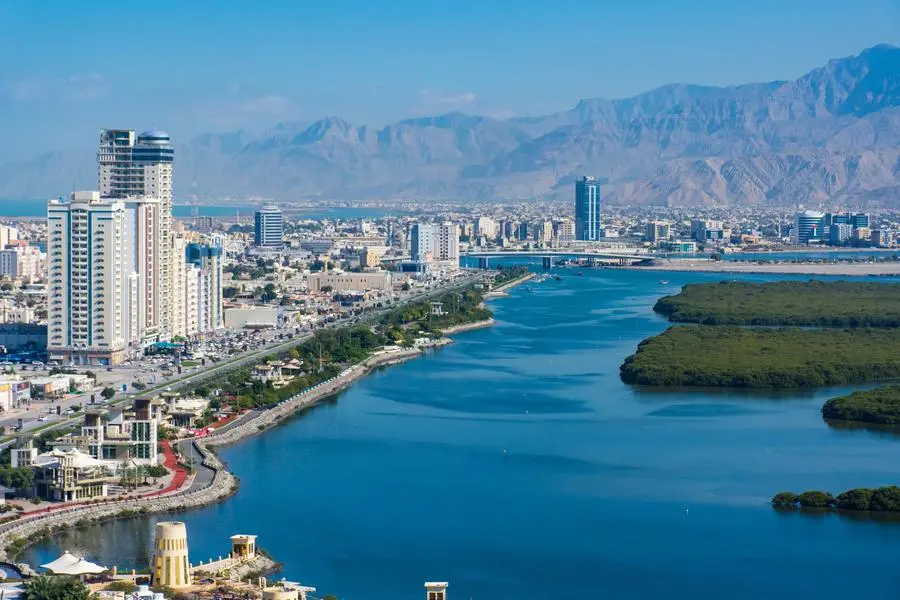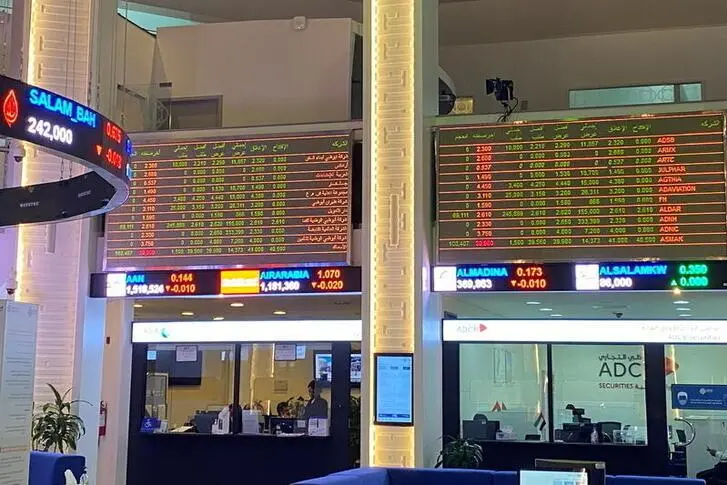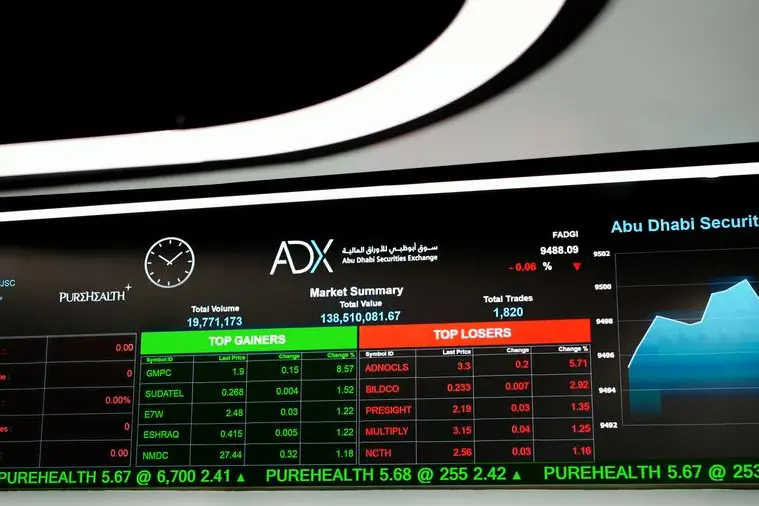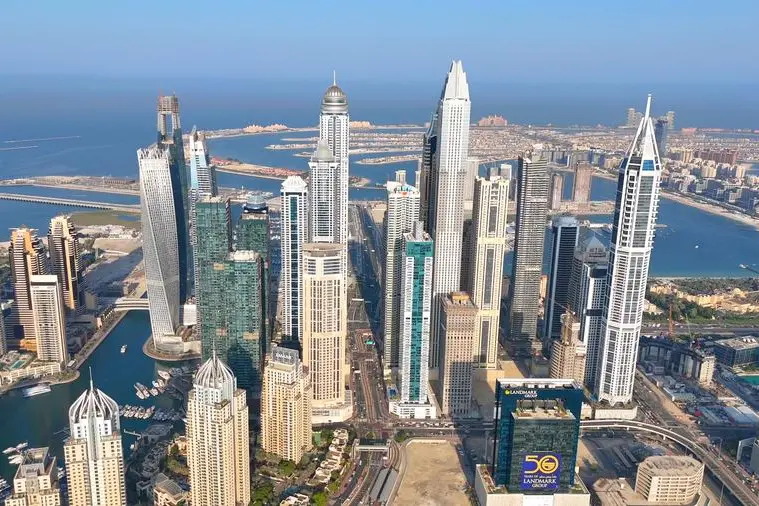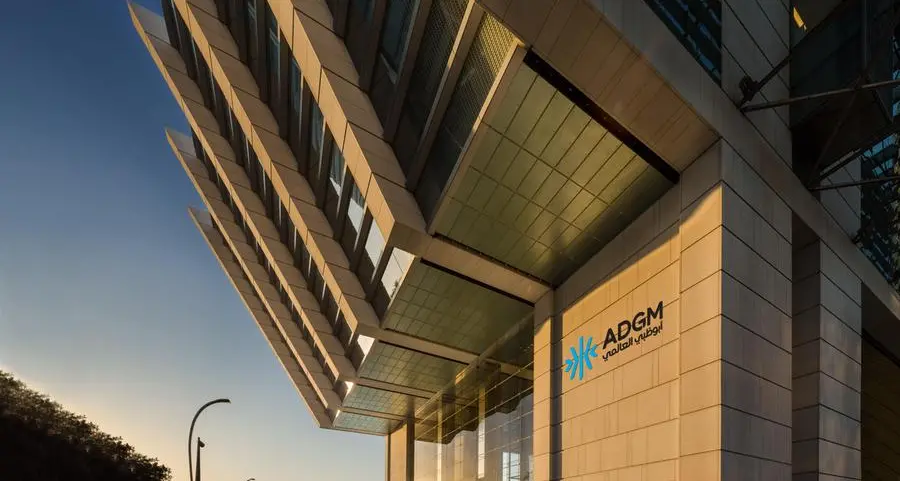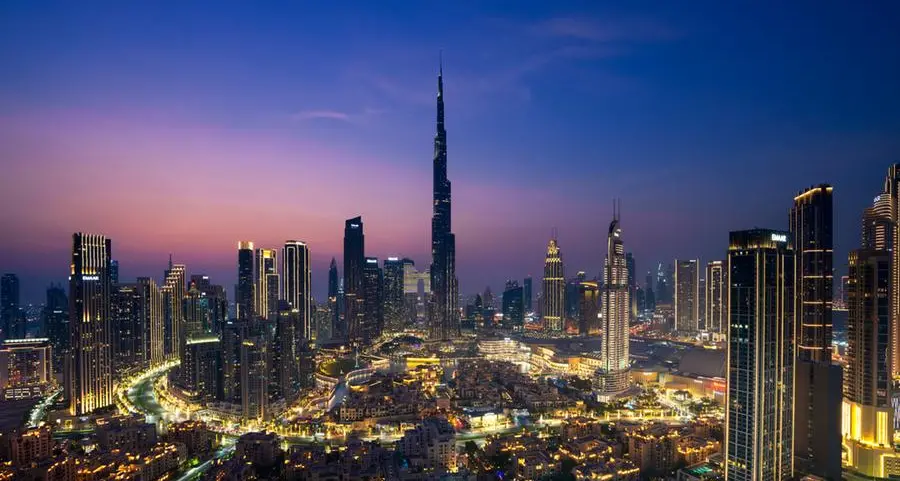05 November 2015
Muscat: Amid doom and gloom across the GCC driven by low oil prices, the Sultanate's property market is still looking positive to Omani residential buyers and expatriate renters alike, according to the latest data released by one of Oman's major real estate companies.
ERA-Oman has just completed its fourth quarter 'Market Overview', which shows that rents are likely to remain stable, thumbs up if you are an expat renting, but equally healthy residential sales for Omanis wanting to buy are being driven by affordable and accessible finance offered by banks, especially due to growth of Islamic finance. Its eight-page report details where it says are the most popular one and two-bedroom rental locations across Muscat, and what tenants can expect to pay, starting from a minimum of OMR350 for a one-bedroom and up to OMR900 for a two-bed room in premium properties.
It also reports good news for property buyers with prices set to maintain their levels, but not rise significantly in 2016. While this is less good news for anyone wanting to make a quick profit, it will encourage more young Omanis to take their first step on the property ladder, especially as banks are helping them achieve that goal through access to low-cost lending.
Hassan Mohammed Juma, ERA-Oman's Managing Director, said: "We see the role of the banks as very helpful to sustaining the performance of the property market for the remainder of this year and throughout 2016.
"We manage approximately 1,800 properties and we look at the portfolio we are seeing stability in the rental levels, no drops. We are still signing contract renewals with no problem. Supply will continue to increase though so we will be monitoring that on a quarter by quarter basis." ERA-Oman's report is in stark contrast to other GCC markets which are experiencing much more volatility due to oil prices.
Latest reports say that in Qatar the number of vacant properties is going up, in the UAE experts say its market is already feeling the effects combined with a new Federal Mortgage Cap which has seen bank lending reduce dramatically. This week Saudi Arabia's stock market hit its lowest point in more than two years with one property company contributing to the decline. Outside of Oman, only Bahrain is also seeing relative stability in real estate with only a small decline in rents.
The ERA-Oman report stated, "Currently, residential end user investment saw some stirrings due to continuing consumer interest and banks' lenience in offering loans and active contribution of Islamic banking.
"There is a hike in credit supply facilitating a drop in the cost of borrowing and increasing demand for residential real estate properties. This is the main cause for house transactions to happen.
"Whereas, the price of residential investment properties is observed to have entered a state of stagnation in the last quarter, with no changes compared to the previous quarter.
"The residential leasing segment is observed to have entered a state of stagnation in second quarter of 2015 with rents for apartments and villas remaining unchanged compared to last quarter."
ERA-Oman's report also highlighted that significant bargains could be picked by tenants who preferred to live in older properties, which were not in prime locations and its predicted that while supply of Grade-A properties coming on to the market would also increase, losses from vacant old properties would not rise.
"In the short to mid-term, we expect that the residential end user investment market will maintain its momentum and the transaction volume of residential sales among nationals is expected to be steady," said the report.
The picture of stability has been less in other parts of the Gulf, this week Arabian Business covered a new report by real estate consultants DTZ Qatar which stated vacancies in Qatar's property market had risen due to job losses in the oil and gas sector.
Meanwhile a report by Cluttons on the state of the UAE market said property transactions were falling across Abu Dhabi, Dubai and Sharjah, pointing to the fact that villa sales were being hit by new Federal Mortgage Cap restrictions. That was echoed in Abu Dhabi's The National this week by one developer.
The newspaper reported how the chairman of Union Properties, at the launch of its Green Community 3 project, had stated the market there was being affected by the lack of cash and how banks were not providing lending.
ERA-Oman market report also highlight the success of Integrated Tourism Complexes (ITCs) where expats can purchase properties such as Al Mouj Muscat, Muscat Hills and Barr al Jissah, saying they were 'Ongoing and well received'.
It predicted the highest demands for units costing under OMR150,000. The effect of the huge Saraya Bandar Jissah project would come into the figures during 2016 and 2017.
ERA Oman also predicted continued growth in the retail sector, highlighting opening such as Avenues Mall, Panorama Mall, Barka Grand Mall, Nizwa Grand Mall and expansion works at Muscat and Qurum City Center malls.
Muscat: Amid doom and gloom across the GCC driven by low oil prices, the Sultanate's property market is still looking positive to Omani residential buyers and expatriate renters alike, according to the latest data released by one of Oman's major real estate companies.
ERA-Oman has just completed its fourth quarter 'Market Overview', which shows that rents are likely to remain stable, thumbs up if you are an expat renting, but equally healthy residential sales for Omanis wanting to buy are being driven by affordable and accessible finance offered by banks, especially due to growth of Islamic finance. Its eight-page report details where it says are the most popular one and two-bedroom rental locations across Muscat, and what tenants can expect to pay, starting from a minimum of OMR350 for a one-bedroom and up to OMR900 for a two-bed room in premium properties.
It also reports good news for property buyers with prices set to maintain their levels, but not rise significantly in 2016. While this is less good news for anyone wanting to make a quick profit, it will encourage more young Omanis to take their first step on the property ladder, especially as banks are helping them achieve that goal through access to low-cost lending.
Hassan Mohammed Juma, ERA-Oman's Managing Director, said: "We see the role of the banks as very helpful to sustaining the performance of the property market for the remainder of this year and throughout 2016.
"We manage approximately 1,800 properties and we look at the portfolio we are seeing stability in the rental levels, no drops. We are still signing contract renewals with no problem. Supply will continue to increase though so we will be monitoring that on a quarter by quarter basis." ERA-Oman's report is in stark contrast to other GCC markets which are experiencing much more volatility due to oil prices.
Latest reports say that in Qatar the number of vacant properties is going up, in the UAE experts say its market is already feeling the effects combined with a new Federal Mortgage Cap which has seen bank lending reduce dramatically. This week Saudi Arabia's stock market hit its lowest point in more than two years with one property company contributing to the decline. Outside of Oman, only Bahrain is also seeing relative stability in real estate with only a small decline in rents.
The ERA-Oman report stated, "Currently, residential end user investment saw some stirrings due to continuing consumer interest and banks' lenience in offering loans and active contribution of Islamic banking.
"There is a hike in credit supply facilitating a drop in the cost of borrowing and increasing demand for residential real estate properties. This is the main cause for house transactions to happen.
"Whereas, the price of residential investment properties is observed to have entered a state of stagnation in the last quarter, with no changes compared to the previous quarter.
"The residential leasing segment is observed to have entered a state of stagnation in second quarter of 2015 with rents for apartments and villas remaining unchanged compared to last quarter."
ERA-Oman's report also highlighted that significant bargains could be picked by tenants who preferred to live in older properties, which were not in prime locations and its predicted that while supply of Grade-A properties coming on to the market would also increase, losses from vacant old properties would not rise.
"In the short to mid-term, we expect that the residential end user investment market will maintain its momentum and the transaction volume of residential sales among nationals is expected to be steady," said the report.
The picture of stability has been less in other parts of the Gulf, this week Arabian Business covered a new report by real estate consultants DTZ Qatar which stated vacancies in Qatar's property market had risen due to job losses in the oil and gas sector.
Meanwhile a report by Cluttons on the state of the UAE market said property transactions were falling across Abu Dhabi, Dubai and Sharjah, pointing to the fact that villa sales were being hit by new Federal Mortgage Cap restrictions. That was echoed in Abu Dhabi's The National this week by one developer.
The newspaper reported how the chairman of Union Properties, at the launch of its Green Community 3 project, had stated the market there was being affected by the lack of cash and how banks were not providing lending.
ERA-Oman market report also highlight the success of Integrated Tourism Complexes (ITCs) where expats can purchase properties such as Al Mouj Muscat, Muscat Hills and Barr al Jissah, saying they were 'Ongoing and well received'.
It predicted the highest demands for units costing under OMR150,000. The effect of the huge Saraya Bandar Jissah project would come into the figures during 2016 and 2017.
ERA Oman also predicted continued growth in the retail sector, highlighting opening such as Avenues Mall, Panorama Mall, Barka Grand Mall, Nizwa Grand Mall and expansion works at Muscat and Qurum City Center malls.
© Times of Oman 2015

